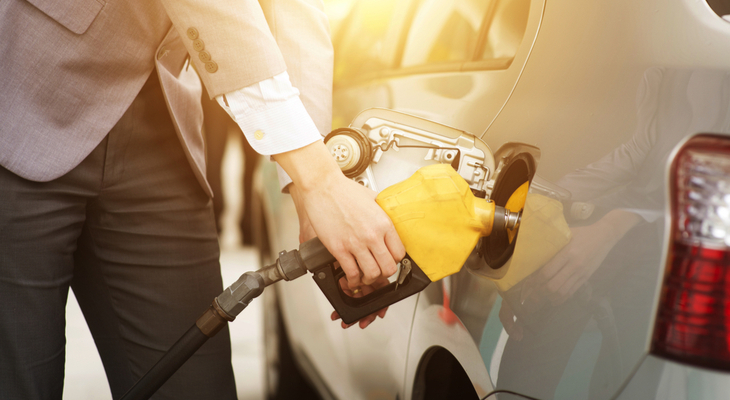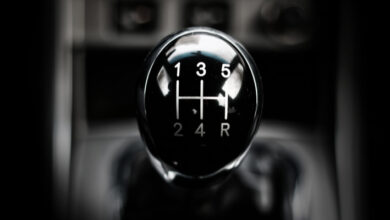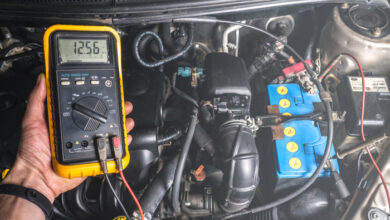How to Get Better Gas Mileage

During these tough economic times, no one wants to lose money that could’ve been easily saved or used for other purposes. If you look at your monthly expenditure on gas, the figures could shock you.
Irrespective of whichever car you are driving, going further on a gallon of gas is good for your car and bank account.
And contrary to many people’s opinion, it is possible to save up on fuel costs even if your engine consumes premium-grade fuel.
5 Tips on How to Get Better Gas Mileage
To ensure you are getting the most out of your gas, below are tips on how to get better gas mileage.
1. Stick to the Vehicles Recommended Fuel Type
In most gas stations, you will find three grades of gasoline which include premium, mid-grade and regular. But, due to the narrative driven by oil companies and certain industry experts, most people think that premium gas gives your car the best performance.
This is very far from the truth. Because after a vehicle has been assembled, manufacturers always test the car’s performance using the most ideal type of fuel.
Therefore, if the recommended fuel for your car is unleaded fuel or petrol with the least octane rating, stick to that. After all, the manufacturer of your car definitely knows more about your car performance than you do.
And since most ‘ordinary’ cars are recommended to run on cheap petrol, using premium fuel is just a waste of money. Its only high-performance cars with a high compression engine that are required to run on premium fuel.
2. Ensure Tires are Inflated to the Correct Pressure
The second tip on how you can better your gas mileage is by inflating your tires with the correct pressure. You are probably wondering, what is the relation between your tires and the car’s fuel consumption?
Well, driving with under-inflated tires increases your vehicle’s drag. And at the same time, it also increases the rolling resistance of your tires on the road. As a result, it overworks your engine, forcing it to use more fuel.
It’s quite unfortunate how most motorists today don’t mind if their tires are properly inflated. As long as the wheels ‘look’ inflated and can turn smoothly, that’s all. Other than consuming more fuel, running on low tire pressure damages your tires.
Thanks to technological advancements, ensuring your tires are inflated to the correct pressure is very easy. There are lots of devices that can give you the current reading of your tire pressure. Some you can even sync with your phone.
Also, to reduce the resistance of your tires to the ground, check the tread pattern of your tires. The ideal tread pattern should accommodate low rolling resistance, easing the workload of your engine.
You can keep your tread even by making sure to rotate your tires regularly.
3. Don’t Punch the Gas Every Time You Accelerate
When the road ahead is clear, some of us are often tempted to go Fast and Furious.
Or, when you get your hands on a car with a high performing engine, the urge to hit the 0-60 mph in 5 to 6 seconds arises within you. Yes, this is super fun and exciting. But, you end up burning more fuel.
This habit of pushing the pedal to the metal after the traffic lights turn green can be the reason why you spend so much on gas. To run that fast, your engine will have to put in more work which translates to high fuel consumption.
You should embrace the habit of accelerating as gently as possible. Even if you wish to increase your speed while driving, do it effortlessly so that your engine can transition smoothly. In the long run, your car will use up less fuel.
4. Reduce Drag on Your Car
Most people think the main aim of reducing drag is to increase your car speed. But that isn’t the only benefit. It also reduces your car’s fuel consumption.
Drag is the wind resistance that acts against a car moving in a certain direction. More drag results in higher fuel consumption because the engine has to work harder to push through the air.
Drag arises from the overall shape of your vehicle. Therefore, if you have installed roof racks or additional storage accessories, then drag will be higher. Although these accessories make your car look fancier, you will end up paying more for gas.
To reduce drag on your car, get rid of roof racks and unnecessary accessories. You can only have them when carrying equipment or camping gear.
However, on a normal day when you are just driving to or from the office, there will be no need for roof racks.
Additional ways on how to reduce drag include;
- Running on narrower tires
- Lowering your car
- Installing a front air dam (If your car already has one, confirm if it’s in good shape)
- Rolling up your windows when driving fast
5. Use the Recommended Car Oil by the Vehicle Manufacturer
Similar to fuel, you also need to use the recommended car oil by the vehicle manufacturer. Many are the times you will come across certain providers promising that their oil is superior and will better your engine performance.
Although some live up to their promise, most don’t. The reason behind this is that these motor oils are designed for general consumption and may not fully meet the requirements of your specific car brand.
During manufacture, your car brand determines the best oil for it after doing several tests. It’s not a matter of just trying different alternatives and choosing the more suitable one.
There is absolutely no reason for you to assume that a certain motor oil is superior because the company says so. Use what is recommended by your manufacturer, and your engine will perform optimally.
To lower your car’s fuel consumption, you need to practice the right driving habits and understand how your engine works, as well as how it is affected by other parts.
Don’t forget that the harder you force your engine to work, the more fuel it will consume.
You don’t have to drive an Electric vehicle to save money at the pump, the above 5 tips can help you get a better gas mileage.



